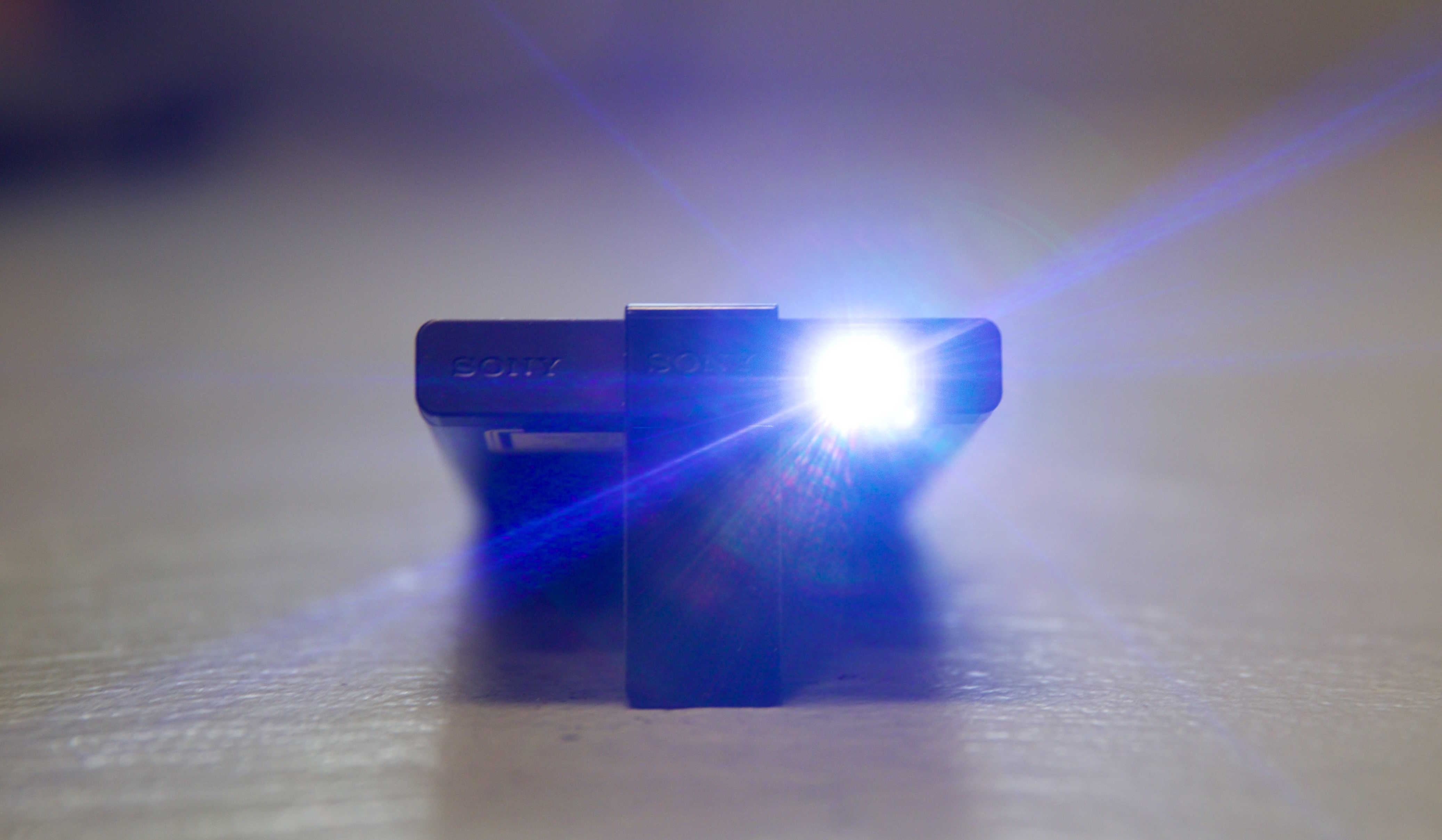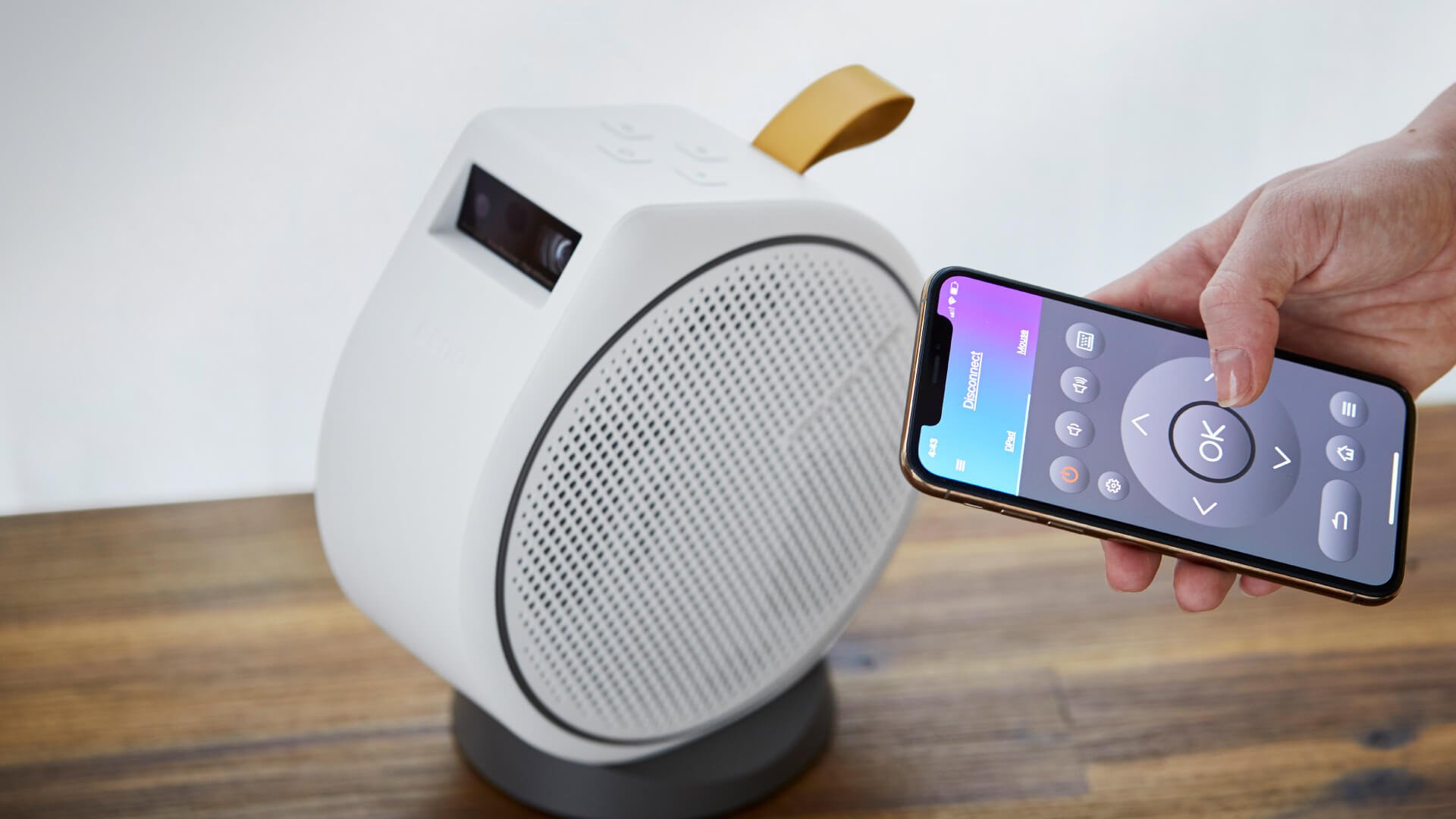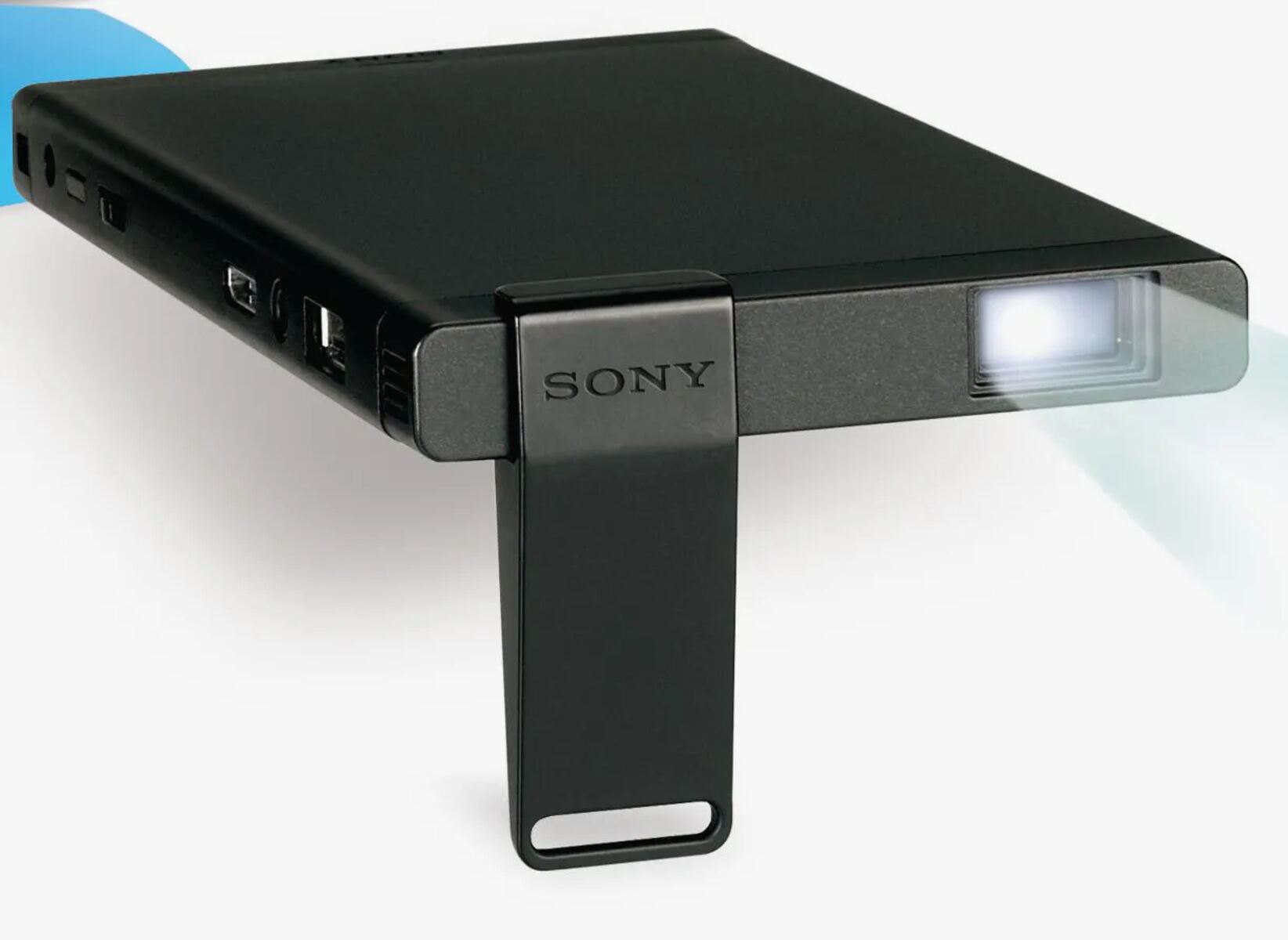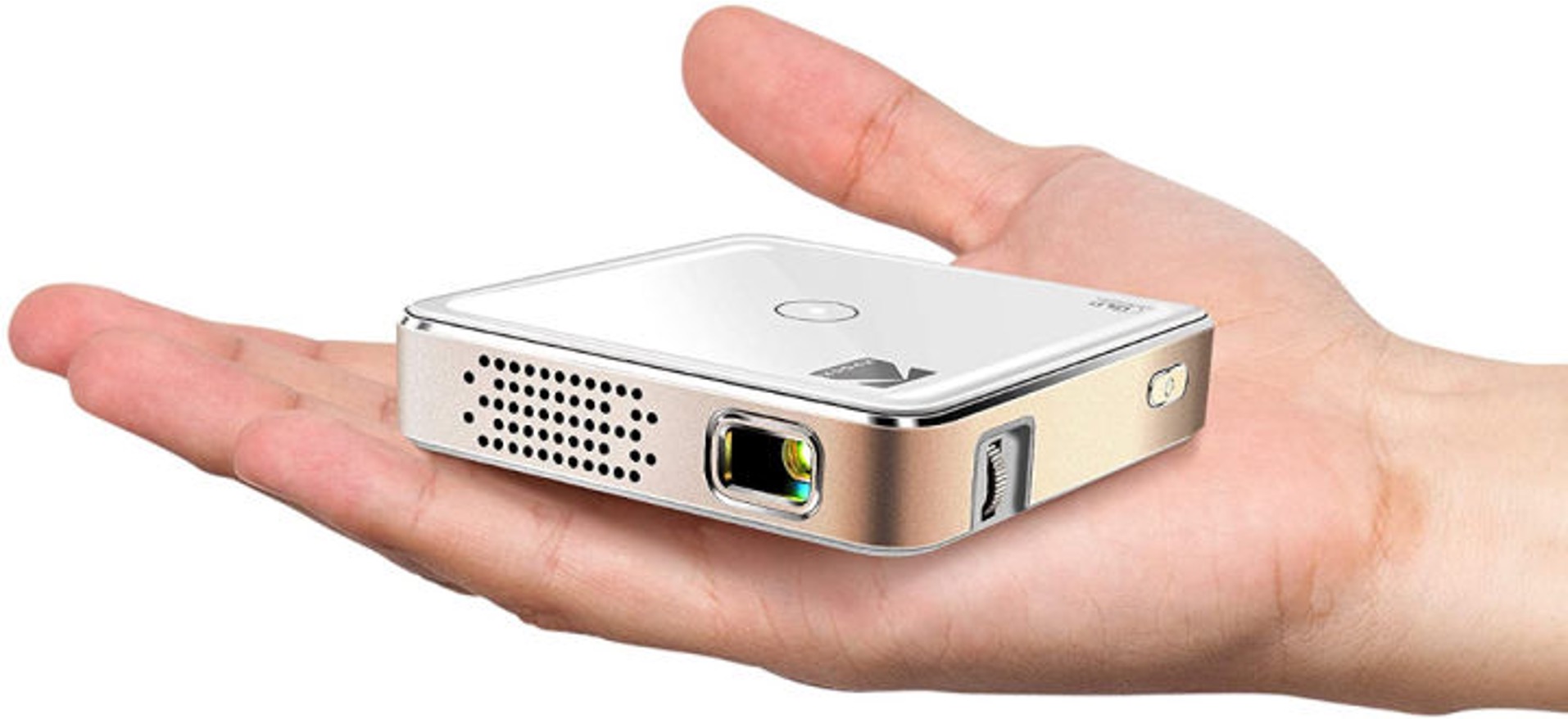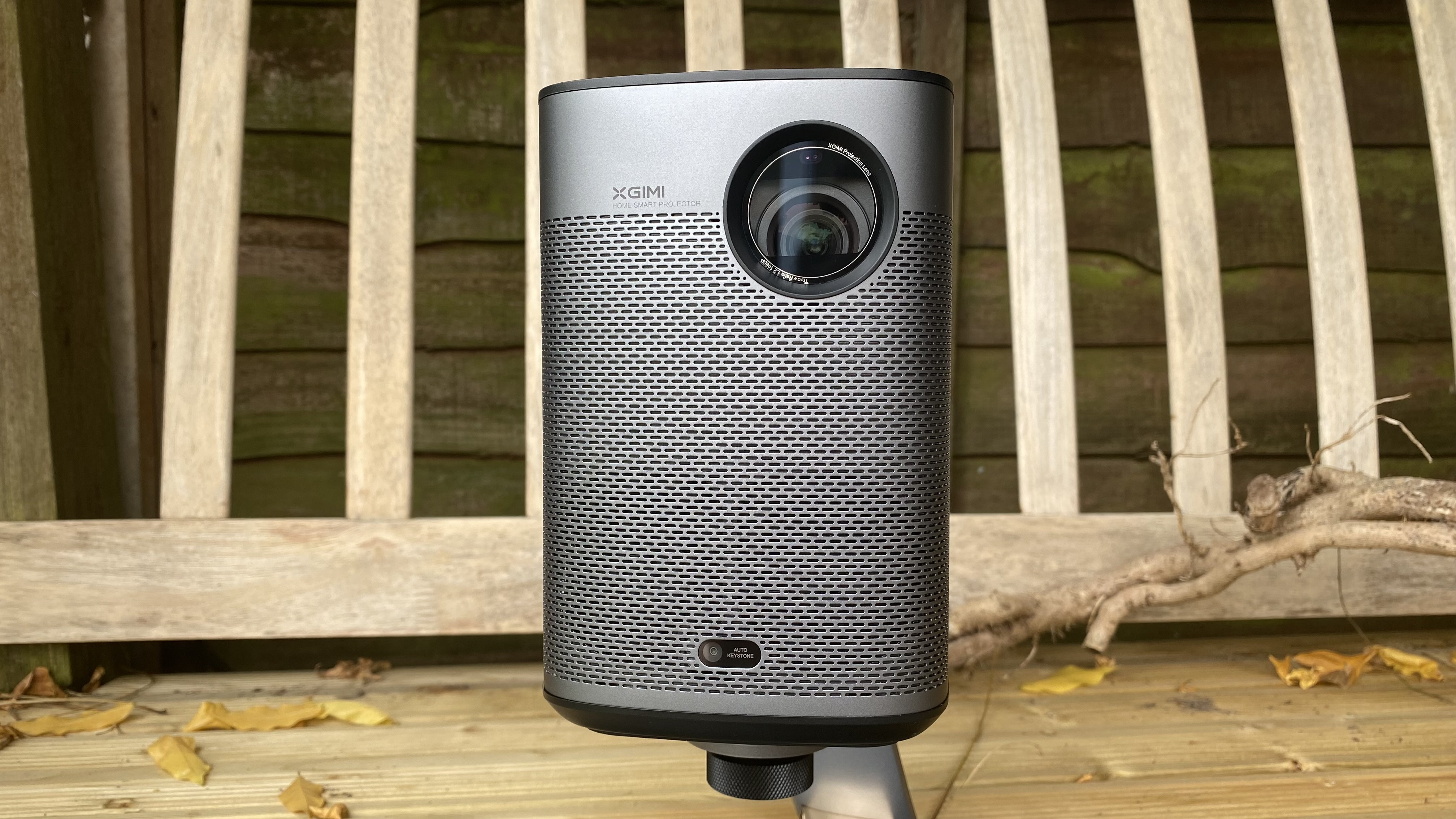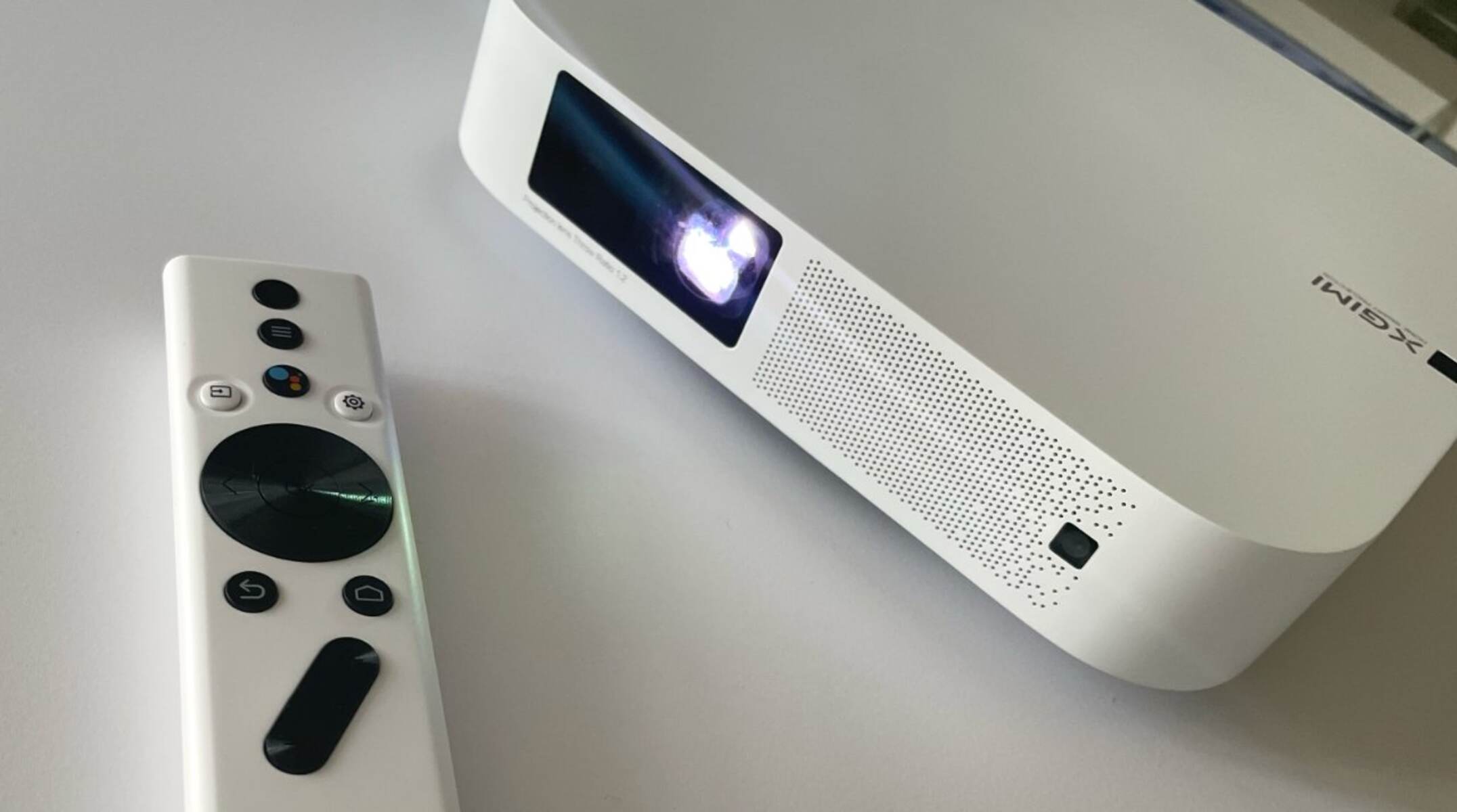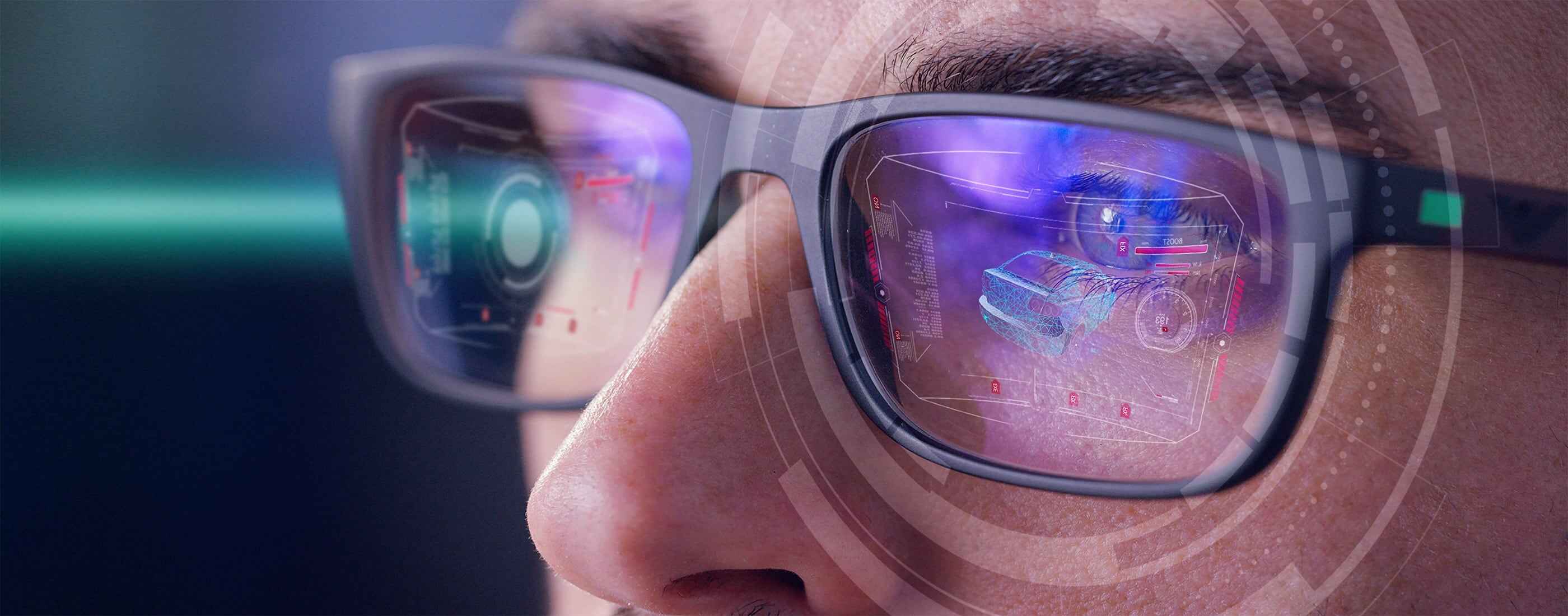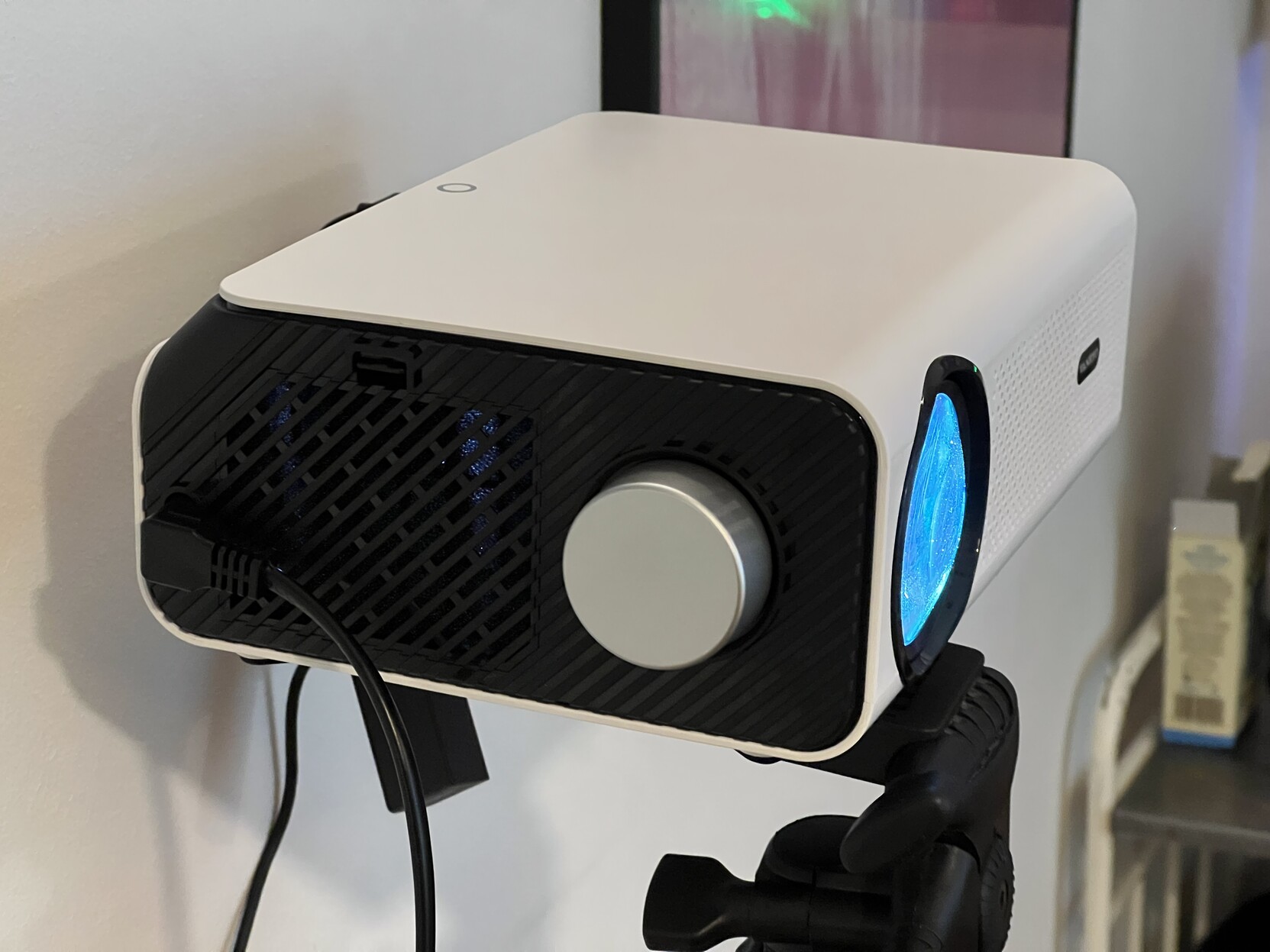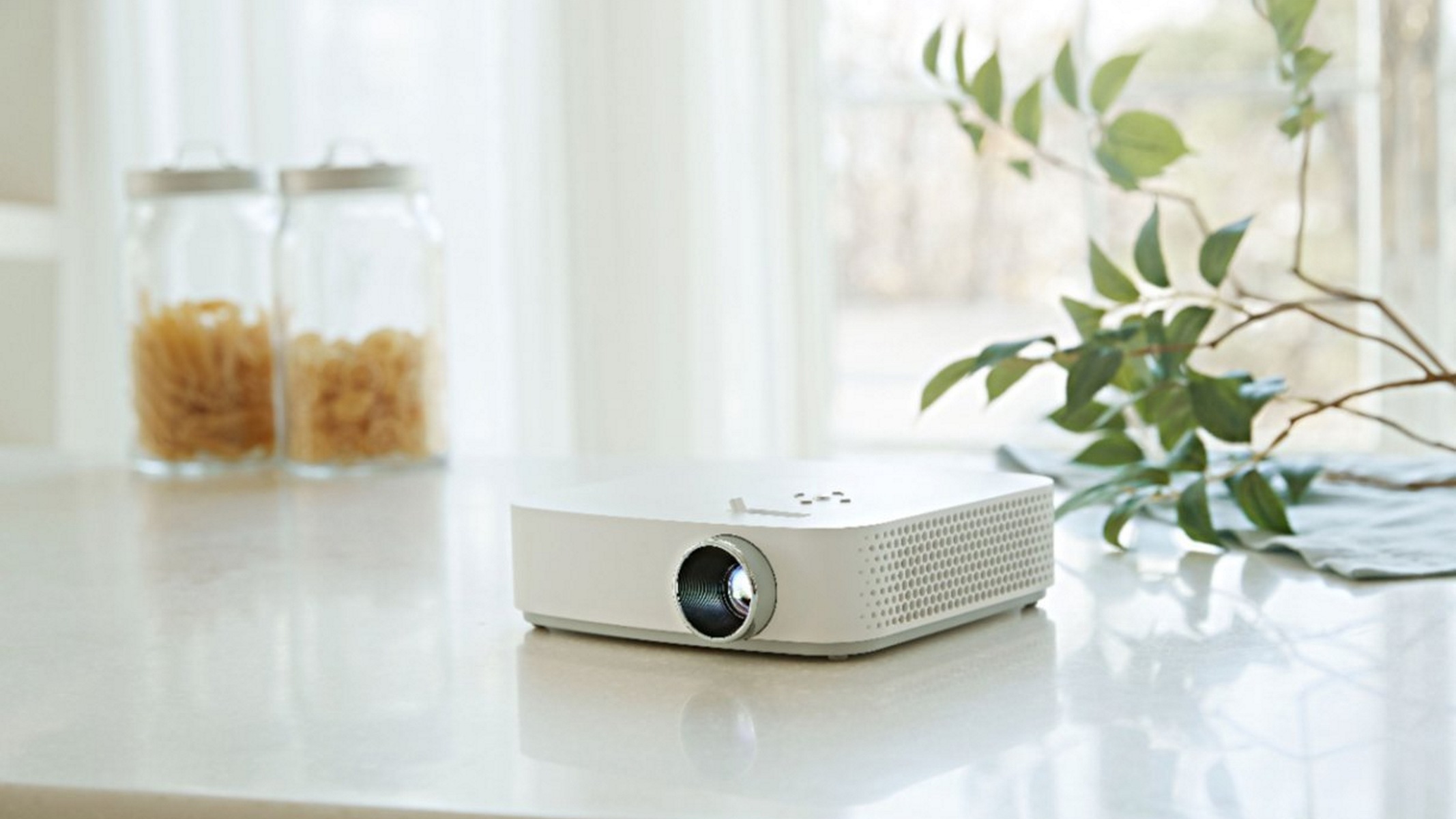Introduction
Welcome to the world of pico projectors! In this fast-paced digital era, portable and compact devices have become increasingly popular. Pico projectors, also known as mini projectors or pocket projectors, have revolutionized the way we experience multimedia by allowing us to project videos, images, and presentations on any surface. Whether you”re a business professional, a student, or someone who loves the convenience and versatility of portable technology, pico projectors offer a compact and efficient solution.
In this article, we will explore the ins and outs of pico projectors to help you understand how they work and how you can make the most of this incredible gadget. From choosing the right pico projector to setting it up and adjusting the settings, we will cover everything you need to know to use your pico projector effectively.
So, if you”re ready to take your multimedia experience to the next level, let”s dive into the world of pico projectors!
What is a Pico Projector?
A pico projector is a compact, portable device that allows you to project images, videos, and presentations onto a blank surface. It uses advanced technology to condense the functionality of a traditional projector into a palm-sized device. Pico projectors are typically small enough to fit into your pocket or bag, making them incredibly convenient for on-the-go use.
Most pico projectors use LED (Light Emitting Diode) technology to generate the projection. LED projectors offer several advantages over traditional projector technologies, including lower power consumption, longer lifespan, and richer color reproduction. The use of LEDs also allows pico projectors to be smaller and more lightweight.
Pico projectors come in various forms, including standalone projectors and built-in projectors in smartphones, tablets, and laptops. Standalone pico projectors usually have their own built-in battery, while the built-in projectors rely on the device’s power source. Some pico projectors feature wireless connectivity options, enabling you to seamlessly connect and project from your mobile devices.
With a pico projector, you have the freedom to project images and videos onto any suitable surface, such as walls, screens, or even ceilings. This versatility makes pico projectors ideal for business presentations, educational purposes, home entertainment, and even outdoor activities.
Now that we have a basic understanding of what a pico projector is, let’s move on to the next section: choosing the right pico projector for your needs.
Choosing the Right Pico Projector
When it comes to choosing the right pico projector, there are several factors to consider to ensure that you find the perfect fit for your needs. Here are some key points to keep in mind:
- Brightness: One of the most important factors to consider is the projector’s brightness, measured in lumens. The brightness level determines how well the projector will perform in different lighting conditions. If you plan to use the projector in a dark room, a lower lumen count will suffice. However, if you anticipate using it in well-lit environments or for outdoor projections, opt for a higher lumen count.
- Resolution: The resolution refers to the number of pixels displayed on the projection screen. Higher resolutions offer more detailed and clearer images. Common resolutions for pico projectors include 720p and 1080p. Consider your intended use, such as presentations or multimedia entertainment, when choosing the resolution.
- Connectivity Options: Pico projectors come with various connectivity options, such as HDMI, USB, or wireless connections like Bluetooth and Wi-Fi. Ensure that the projector has the necessary ports to connect to your devices. If you prefer wireless projection, look for projectors with built-in wireless capabilities.
- Battery Life: For portable convenience, consider the battery life of the pico projector. Look for projectors with longer battery life if you plan to use them on the go without access to a power source.
- Size and Weight: Since the main advantage of pico projectors is their portability, consider the size and weight of the projector. Look for compact and lightweight options that are easy to carry around.
- Reviews and Recommendations: Before making a final decision, read reviews and recommendations from other users. This can provide valuable insights on the projector’s performance, durability, and user experience.
Ultimately, the right pico projector will depend on your specific needs and preferences. Take the time to research and compare different models to find the one that suits you best.
Setting Up Your Pico Projector
Setting up a pico projector is a relatively straightforward process. Here’s a step-by-step guide to help you get started:
- Find a Suitable Projection Surface: Choose a smooth and light-colored surface for the best projection quality. This can be a wall, a screen, or even a whiteboard.
- Position the Projector: Place the pico projector in a stable position facing the projection surface. Make sure there is enough distance between the projector and the surface to achieve the desired image size.
- Connect the Power: Depending on the type of pico projector, connect it to a power source using the provided power adapter or insert the batteries.
- Power On the Projector: Turn on the projector using the power button or switch. Wait for it to boot up and initialize.
- Focus the Image: Adjust the focus wheel or settings on the projector to make the projected image sharp and clear.
- Adjust the Keystone Correction: If the projected image appears distorted, use the keystone correction feature, if available, to align the image and correct any trapezoidal distortion.
- Select the Input Source: Choose the input source for your projector, such as HDMI, USB, or wireless connection. Connect your device to the projector using the appropriate cables or follow the wireless pairing instructions.
- Play and Control the Content: Once the connection is established, play the desired content on your device. Use the projector’s remote control or on-screen menu to control settings like volume, brightness, and aspect ratio.
Remember to refer to the user manual of your specific pico projector model for detailed instructions and any additional setup steps. With these simple steps, you’ll be ready to enjoy your pico projector and project your favorite content with ease.
Connecting Your Devices to the Pico Projector
Connecting your devices to a pico projector is essential to unleash its full potential. Here’s a guide on how to connect various devices to your pico projector:
1. Using HDMI Connection:
The most common and straightforward way to connect devices to a pico projector is through an HDMI (High-Definition Multimedia Interface) cable. Here’s how:
- Check if your pico projector has an HDMI input port.
- Connect one end of the HDMI cable to the HDMI output port on your device (e.g., laptop, gaming console, or streaming device).
- Connect the other end of the HDMI cable to the HDMI input port on the pico projector.
- Ensure the pico projector is set to the correct HDMI input source.
- Play the content on your device, and it should be projected on the surface connected to the pico projector.
2. Using Wireless Connection:
Some pico projectors offer wireless connectivity options, allowing you to connect your devices without the hassle of cables. Here’s how to use wireless connections:
- Check if your pico projector supports wireless connectivity (e.g., Bluetooth or Wi-Fi).
- Enable the wireless connectivity feature on both the pico projector and your device.
- Pair the pico projector with your device by following the wireless pairing instructions provided by the manufacturer.
- Once paired, select the wireless input source on the pico projector.
- Start playing the content on your device, and it should be wirelessly projected by the pico projector.
3. Using USB Connection:
Some pico projectors support USB connectivity, which allows you to directly connect your USB-enabled devices to the projector. Here’s how to connect using USB:
- Check if your pico projector has a USB port.
- Connect one end of the USB cable to the USB port on your device.
- Connect the other end of the USB cable to the USB port on the pico projector.
- Set the pico projector to the appropriate USB input source.
- Access the content on your device through the USB connection, and it should be projected by the pico projector.
Remember to consult your pico projector’s user manual for any specific instructions or compatibility requirements when connecting different devices. By utilizing these connection methods, you can enjoy a wide range of content on the big screen with your pico projector.
Adjusting the Pico Projector Settings
Adjusting the settings of your pico projector is crucial to optimize the projection quality and customize the viewing experience. Here are some key settings to consider:
Brightness and Contrast:
Most pico projectors allow you to adjust the brightness and contrast levels. Increasing the brightness can improve visibility in well-lit environments, while adjusting the contrast can enhance the clarity and depth of the projected images.
Aspect Ratio:
Aspect ratio refers to the proportional relationship between the width and height of the projected image. Depending on the content you’re projecting, you may need to adjust the aspect ratio to avoid distorted images. Common aspect ratios include 4:3 (standard) and 16:9 (widescreen).
Keystone Correction:
Keystone correction corrects the trapezoidal distortion that may occur when the projector is not aligned with the projection surface. Most pico projectors offer manual keystone correction, allowing you to adjust the vertical and horizontal angles to achieve a rectangular image.
Focus:
Ensuring that the projected image is sharp and clear is essential for an enjoyable viewing experience. Pico projectors typically have a focus wheel or adjustment feature that lets you fine-tune the focus until the image appears crisp.
Volume and Audio:
If your pico projector has built-in speakers, you can adjust the volume directly from the projector or through the connected device. Additionally, you may have the option to connect external speakers or headphones for a better audio experience.
Screen Size and Distance:
Consider the desired screen size and the distance between the projector and the projection surface. Adjust the zoom or positioning of the projector accordingly to achieve the desired screen size and ensure that the projection remains clear.
It’s important to note that the available settings and adjustment options may vary depending on the specific model of your pico projector. Refer to the user manual for detailed instructions on accessing and adjusting the settings.
By fine-tuning the various settings of your pico projector, you can customize the projection to suit your preference and create an immersive viewing experience.
Tips and Tricks for Using a Pico Projector
Maximizing the functionality and performance of your pico projector can enhance your overall experience. Here are some useful tips and tricks:
- Choose a Darkened Environment: For the best image quality, use your pico projector in a darkened or dimly lit room. This will minimize external light interference and enhance the brightness and clarity of the projection.
- Use a Portable Projection Surface: Consider using a portable projection screen or a white fabric sheet that can be easily hung or mounted. This will provide a dedicated surface for clearer and more vibrant projections.
- Optimize Image Size: Experiment with the distance between the projector and the projection surface to adjust the image size. Keep in mind that the farther the projector is from the surface, the larger the image will be.
- Keep the Lens Clean: Regularly clean the lens of your projector using a microfiber cloth to remove dust or smudges. A clean lens ensures optimal image quality and prevents distortion.
- Use External Speakers: While some pico projectors have built-in speakers, connecting external speakers can significantly enhance the audio experience, especially for movies or presentations with sound.
- Consider Battery Life: If you’re using a portable pico projector, be aware of its battery life. Carry a portable power bank or ensure that you have access to a power source for longer projection sessions.
- Check for Firmware Updates: Manufacturers occasionally release firmware updates for pico projectors, which can improve performance and add new features. Visit the manufacturer’s website to check for any available updates for your specific model.
- Experiment with Projection Angles: Don’t be afraid to experiment with different projection angles and positions. Tilting the projector or projecting from unique angles can create interesting visual effects and add a touch of creativity to your presentations or home entertainment.
- Take Advantage of Wireless Features: If your pico projector supports wireless connections, explore the full range of wireless capabilities. This includes wirelessly mirroring your smartphone or laptop screen, using streaming apps, or even casting content from online platforms.
- Bring a Backup: If you’re using your pico projector for important presentations or events, it’s always a good idea to have a backup plan. Carry necessary cables, adapters, or a spare pico projector to ensure you’re prepared if any technical issues arise.
By implementing these tips and tricks, you can optimize the performance and enjoyment of your pico projector, unleashing its full potential in various settings and applications.
Frequently Asked Questions about Pico Projectors
Here are some commonly asked questions about pico projectors:
- Can I connect my smartphone or tablet to a pico projector?
Yes, many pico projectors offer connectivity options for smartphones and tablets. You can connect your device using an HDMI cable, wireless connection, or a compatible adapter. - How long does the battery of a pico projector last?
The battery life of a pico projector varies depending on the model and usage. Typically, the battery can last anywhere from one to four hours. It’s advisable to check the specifications of your pico projector for specific battery life information. - What is the ideal projection distance for a pico projector?
The ideal projection distance for a pico projector depends on several factors, including the projector’s focal length, lens specifications, and desired screen size. It’s recommended to refer to the user manual or manufacturer’s guidelines for optimal projection distances. - Is it possible to use a pico projector in daylight?
While pico projectors are generally designed for darker environments, some models offer higher brightness levels, allowing for better visibility in well-lit rooms. However, for optimal image quality, it’s still recommended to use a pico projector in a dimly lit or darkened environment. - Can I use a pico projector for outdoor projections?
Yes, certain pico projectors are suitable for outdoor use. Look for projectors with higher brightness levels and consider using a portable screen or projecting onto a suitable surface such as a white wall or canvas. - Can I watch movies or play video games with a pico projector?
Absolutely! Pico projectors are ideal for enjoying movies and playing video games. Connect your devices, adjust the settings for optimal image quality, and create your personal home theater or gaming experience. - Are there limitations to the size of the projection with a pico projector?
The size of the projection with a pico projector typically ranges from 20 inches to 100 inches diagonally. However, certain models may have limitations in terms of resolution and image clarity when projecting larger sizes. - Can I use a pico projector for business presentations?
Yes, pico projectors are suitable for business presentations. They offer portability, ease of setup, and compatibility with various devices. Make sure to choose a pico projector with adequate brightness and resolution for a clear and professional presentation. - Do pico projectors require regular maintenance?
Pico projectors generally require minimal maintenance. However, it’s recommended to clean the lens periodically using a microfiber cloth and to store the projector in a dust-free environment when not in use. - Can I use a pico projector to display PowerPoint presentations?
Yes, pico projectors are compatible with PowerPoint presentations. Connect your laptop, navigate to your PowerPoint presentation, and project it onto a suitable surface for an effective business or educational presentation.
If you have any other questions or concerns about pico projectors, refer to the user manual or contact the manufacturer for further assistance.
Conclusion
Pico projectors are incredible devices that bring the power of projected visuals to the palm of your hand. They offer convenience, portability, and versatility, allowing you to project images, videos, and presentations on various surfaces. Whether you’re a business professional, a student, or someone who enjoys multimedia entertainment, a pico projector can enhance your experience.
In this article, we explored what pico projectors are and how to choose the right one for your needs. We discussed the importance of setting up the projector correctly and connecting your devices to it. We also covered adjusting the settings to optimize the projection quality and shared some tips and tricks to enhance your overall pico projector experience. Lastly, we addressed frequently asked questions to provide further insights into using pico projectors.
By following these guidelines and incorporating your creativity, you can unlock the full potential of your pico projector. Enjoy the freedom of projecting your favorite content anywhere, from business presentations to movie nights with friends. Remember to check the user manual for specific instructions on your pico projector model and stay updated with the latest firmware upgrades from the manufacturer.
Embrace the world of pico projectors and immerse yourself in the magic of projection technology. The possibilities are endless, and the convenience is unmatched. Start exploring and projecting your ideas and inspirations today!







